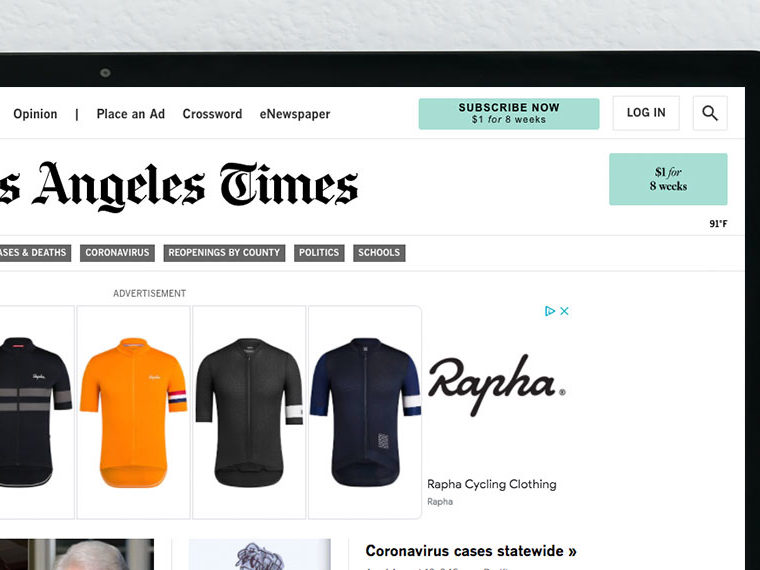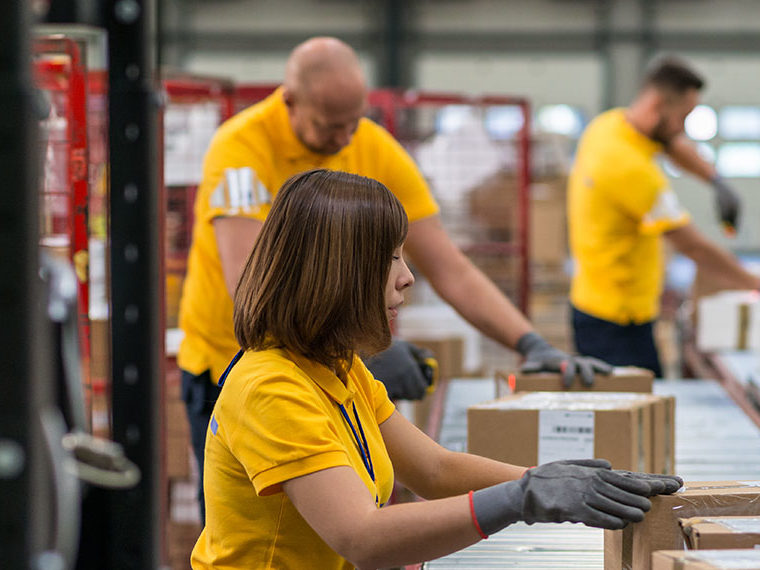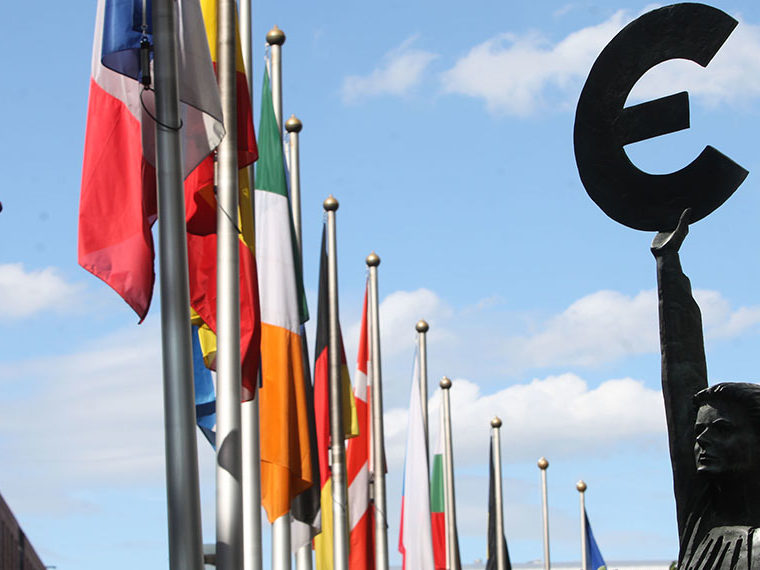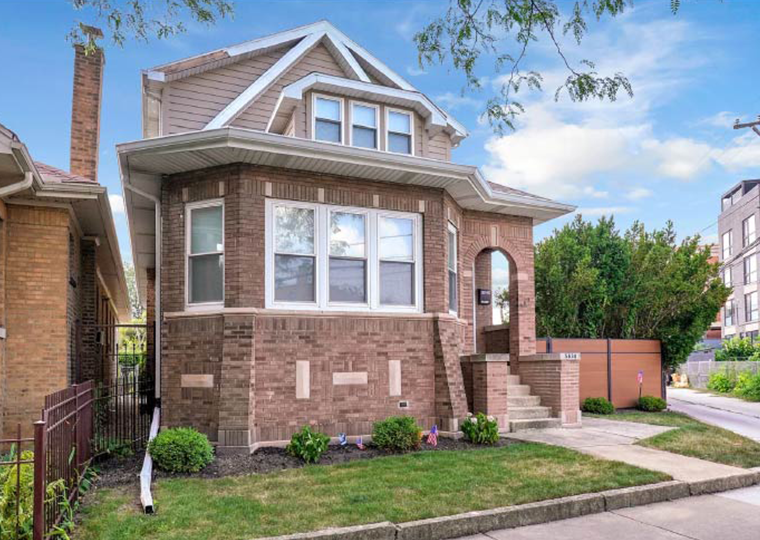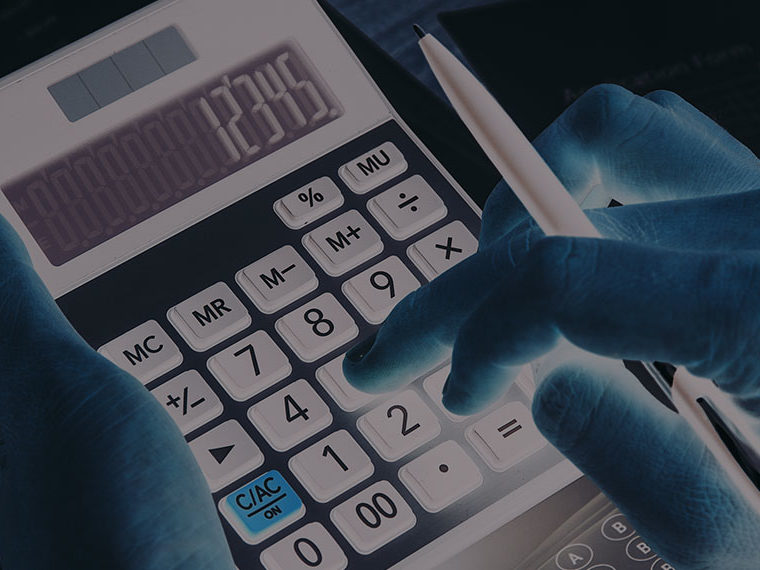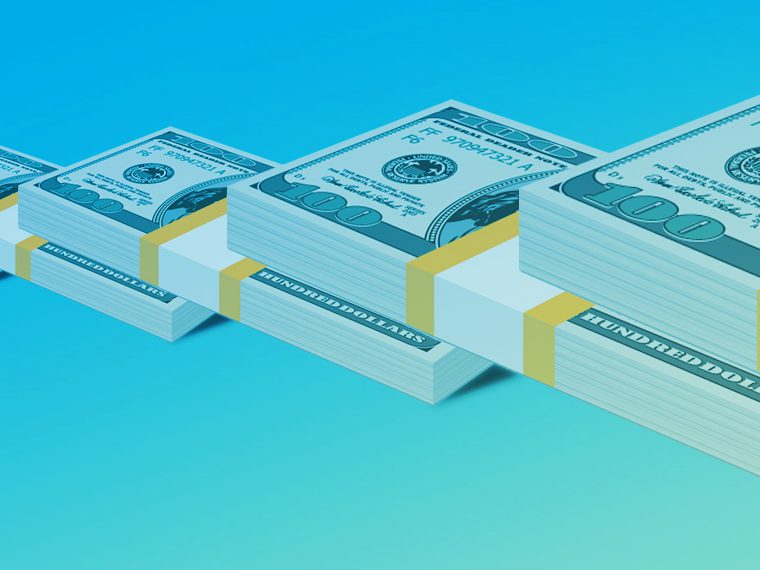It’s less successful at curbing consumption so buyers shop outside the city
So-called sin taxes are typically justified as both a way to discourage consumption of harmful goods and a means to punish companies that profit from selling these things.
Over time, however, the taxes also become viewed as crucial sources of revenue for state and local governments, and that suggests an inherent conflict of interests for the public sector: Were it possible to raise, say, cigarette taxes high enough to persuade everyone in New York to give up smoking, the state would have burned a $1 billion hole in its annual budget, according to data compiled by the Tax Foundation. But with a state tax rate of $4.35 per pack, New York officials can be assured they’re discouraging some smoking, punishing Big Tobacco and helping the state make ends meet.
The smoking rate in New York state is 12.8%, according to the Centers for Disease Control and Prevention, versus 19.4% in Missouri, which has the lowest state tax rate, at 17 cents per pack (additional local taxes are added in some areas of the country).
Opt In to the Review Monthly Email Update.
Soda taxes are patterned after cigarette taxes, and Philadelphia is the largest city in the U.S. to enact a levy on sugar-sweetened beverages. A working paper by Stephan Seiler, a 2020 visiting faculty member at UCLA Anderson, Northwestern’s Anna Tuchman and Washington University’s Song Yao suggests Philadelphia set its soda tax — 1.5 cents per ounce — almost perfectly to maximize revenue. The city had a $92 million-per-year goal, and in 2017 the tax brought in about $79 million and has roughly matched that level since.
The tax does less well at reducing consumption of sugary beverages. While volume fell by 46% within the city, analysis of sales data in outlying municipalities suggests that, taking into account Philadelphians’ buying now-cheaper soda elsewhere, consumption fell 22%, still a significant reduction.
In 2016, Philadelphia’s mayor, Jim Kenney, initially proposed a 3-cents-per-ounce tax, with the stated goal of raising revenue and a side benefit of improving health, a spokesperson told Seiler and his co-authors. Had the city gone ahead with that higher tax, however, purchases of soda within Philadelphia would have fallen so steeply that city revenue would have been far lower than that realized at the 1.5 cents per ounce level, the researchers report.

The authors calculated that maximum revenue would be achieved at a tax rate of 1.63 cents per ounce.
The study could be helpful to cities and states that contemplate a soda tax, or other sin tax, in balancing their goals on consumption and revenue. The findings on cross-border shopping are also particularly helpful, and the authors suggest soda taxes enacted across larger geographic areas could be more effective. (Widely varying state and local cigarette and gasoline taxes have for decades prompted cross-border shopping.)
When looking at the consumption patterns by household income, the researchers find that sales fell less in lower income areas. They suggest this is because low-income households are less likely to participate in cross-border shopping because of a lack of access to transportation, rather than a lower sensitivity to beverage prices. This supports critics’ argument that the soda tax is regressive.
Critics also cite potential job losses at Philadelphia shops and distributors affected by lower beverage sales. Store owners in Philadelphia assert that when consumers leave the city to purchase their sugar-sweetened beverages, they also end up doing other shopping outside of the city, suggesting a broader loss of retail sales.
While the tax is officially levied on the beverage distributors, the researchers find that nearly 100% of the tax is passed on to consumers. At 1.5 cents per ounce, the tax raised the cost of a 2-liter bottle of soda from roughly $1.50 before the tax to roughly $2.50 after the tax.
The authors detected no significant increase in purchases of bottled water and only a modest substitution to natural juices; both remain untaxed. Notably, Philadelphia is the only one of the eight cities with a soda tax that includes artificially sweetened beverages. This feature supports the goal of maximizing revenue.
Taxing a healthier substitute — Diet Coke in addition to Coke, say — is an effective revenue maximizing strategy, the authors note. If the goal is to improve nutritional intake, legislators should tax only the sugary drink and leave untaxed the healthier substitute.
Featured Faculty
-
Stephan Seiler
Visiting Associate Professor of Marketing
About the Research
Seiler, S., Tuchman, A., & Yao, S. (2019). The impact of soda taxes: Pass-through, tax avoidance and nutritional effects.
